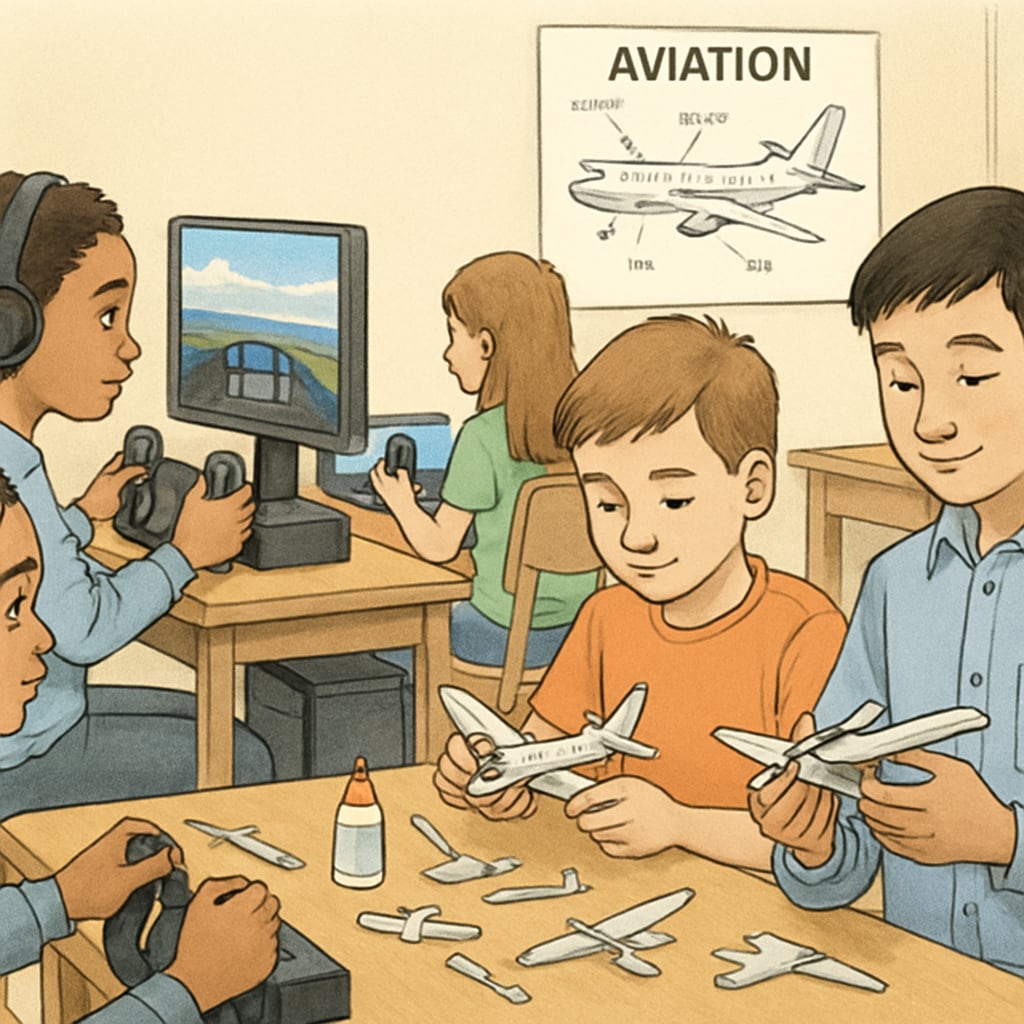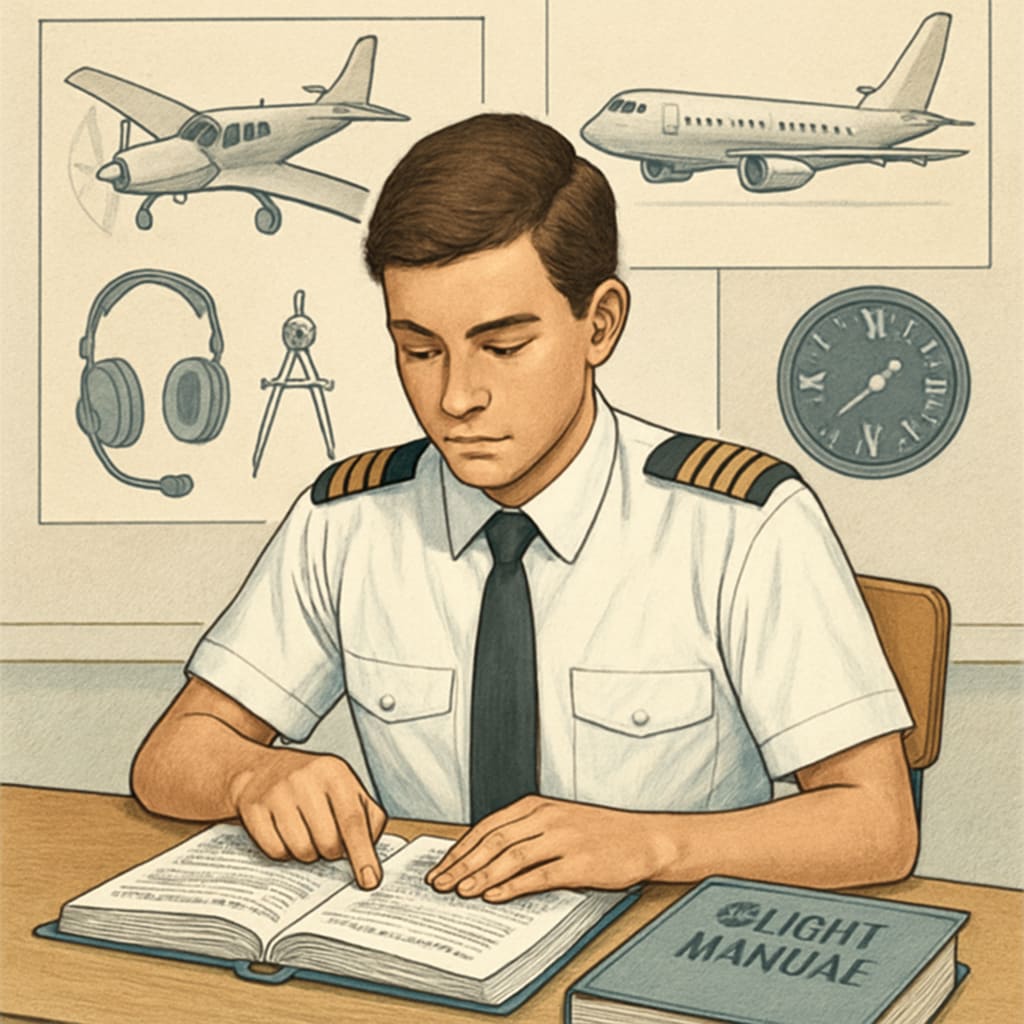Obtaining a Commercial Pilot License (CPL) is a significant milestone for anyone dreaming of a career in aviation. However, the journey to becoming a professional pilot often requires substantial financial investment, making funding a crucial aspect for aspiring aviators. This article explores how K12 aviation education can inspire students to pursue flying careers, while also providing practical resources and strategies to secure financial support for flight training.
Inspiring Aviation Dreams Through K12 Education
K12 education serves as the foundation for sparking curiosity and interest in aviation among young learners. Schools that offer aviation-themed programs or extracurricular activities can play a pivotal role in nurturing this passion. For example, STEM (Science, Technology, Engineering, and Mathematics) curriculums often include modules on aerodynamics, aircraft mechanics, and flight simulation, which help students understand the science behind aviation.
Additionally, organizations such as the Experimental Aircraft Association (EAA) provide resources like Young Eagles programs, offering students hands-on experiences in flight. Such initiatives not only ignite interest but also help students visualize a future in aviation.

Securing Funding for CPL Training
While the dream of flying is exhilarating, CPL training can cost anywhere from $50,000 to $100,000 depending on the flight school and geographical location. For many families, this financial barrier might seem insurmountable. However, there are several funding options available to ease the burden:
- Aviation Scholarships: Various organizations such as AOPA (Aircraft Owners and Pilots Association) offer scholarships for aspiring pilots. These scholarships can cover partial or full costs of flight training.
- Federal Grants and Loans: In the United States, students may qualify for federal student loans or grants if they enroll in an accredited aviation program.
- Flight School Financing: Many flight schools offer financing plans tailored to students pursuing their CPL. These plans often include low-interest payment options spread over multiple years.
- Work-Study Programs: Some flight schools provide work-study opportunities to help students offset training costs through part-time jobs within the aviation industry.
In addition to these options, crowdfunding platforms such as GoFundMe can be leveraged to gather community support for pilot training expenses.

Practical Tips for Aspiring Pilots
For students and families navigating the path to CPL certification, here are some practical tips:
- Start Early: Engage in aviation-related activities during K12 education to build foundational knowledge and skills.
- Research Thoroughly: Explore all available funding options, scholarships, and aviation programs in your region.
- Network: Connect with aviation professionals, mentors, and organizations to gain insights and guidance.
- Create a Financial Plan: Develop a budget and identify funding sources well in advance of starting flight training.
- Stay Committed: Pursuing a career in aviation requires dedication and perseverance. Keep your goals in focus and continually work toward achieving them.
By combining early exposure to aviation education with a strategic approach to funding, young learners can transform their dreams of becoming professional pilots into reality.
Readability guidance: The article is structured with clear headings and concise paragraphs, ensuring accessibility for readers. Lists and examples are used to simplify complex information, while transitions such as “however,” “in addition,” and “for example” maintain a smooth flow.


